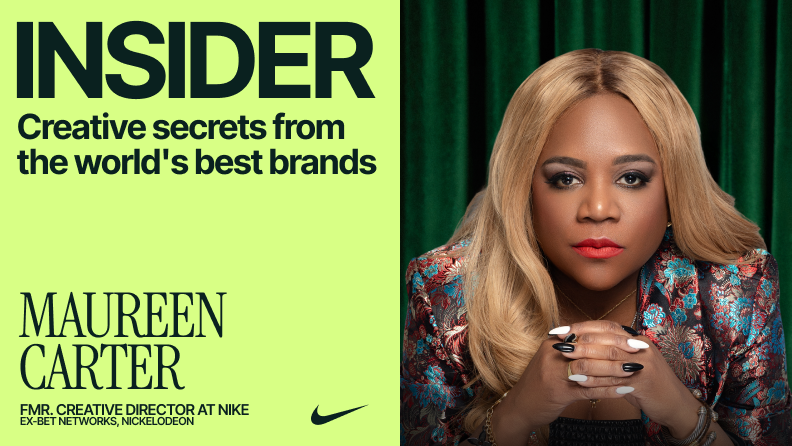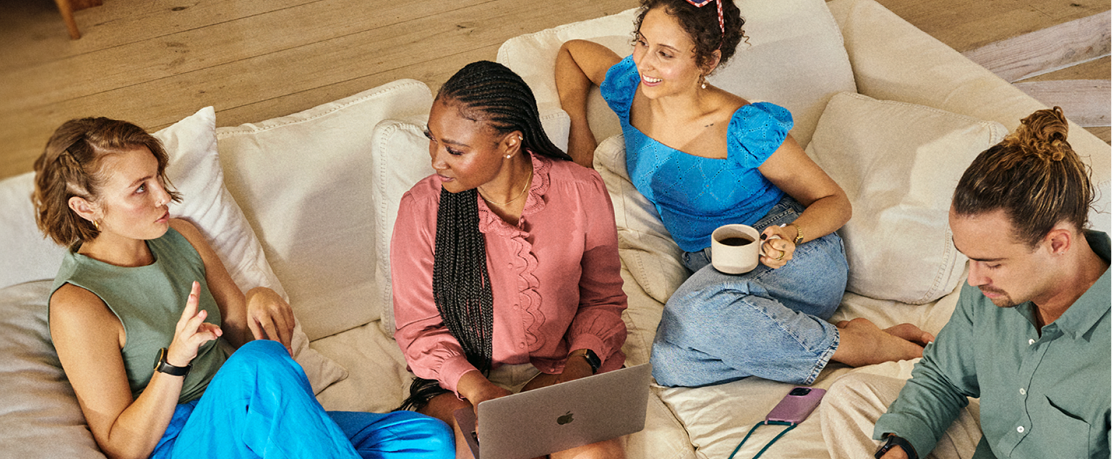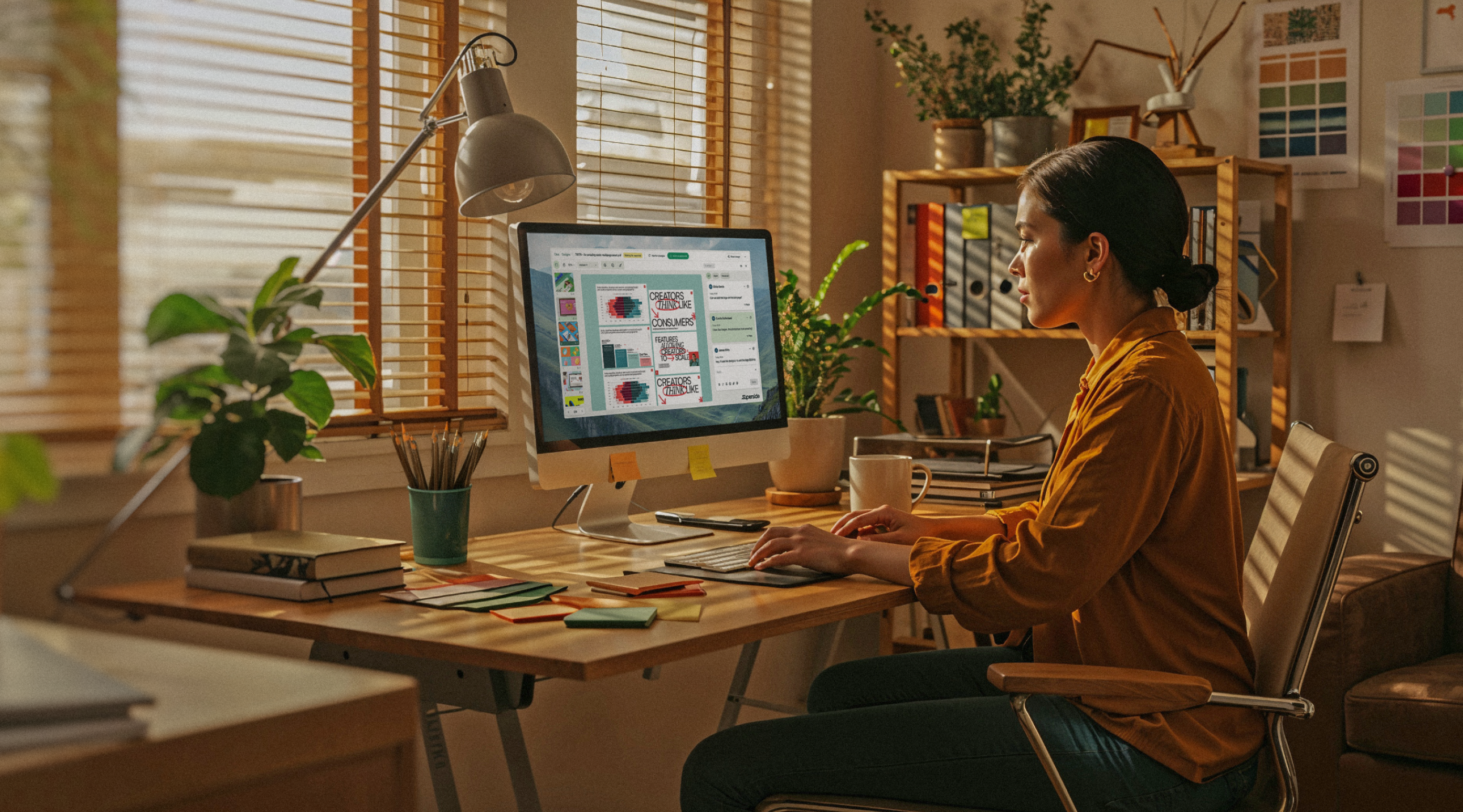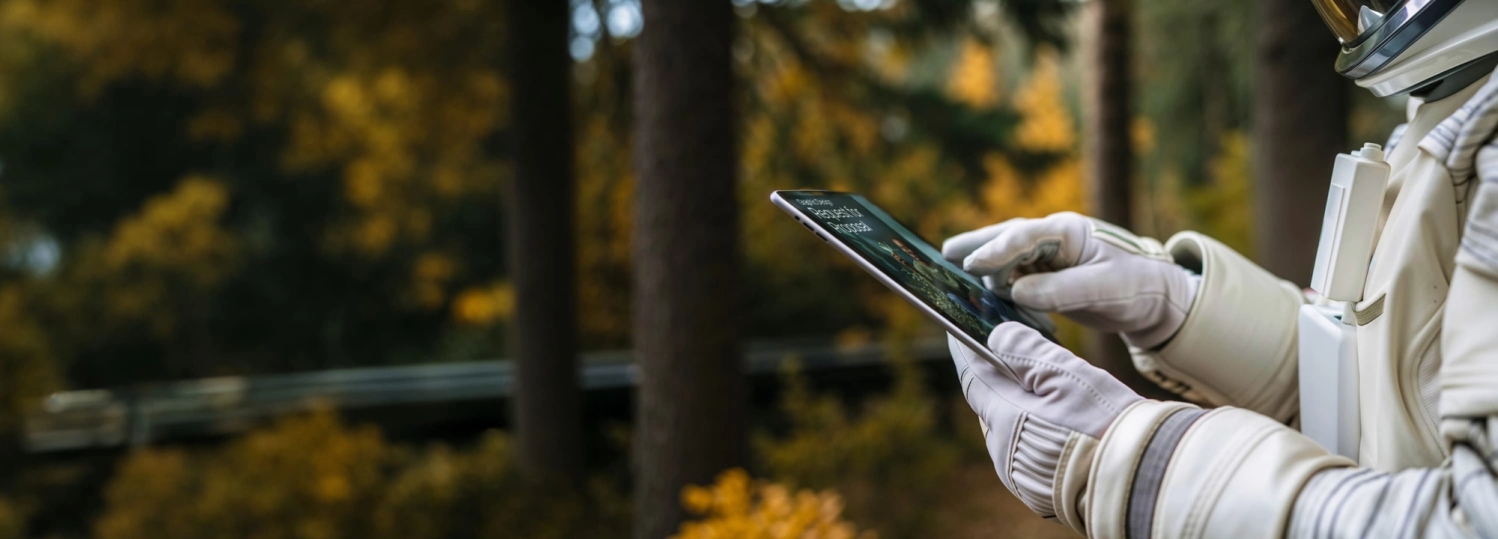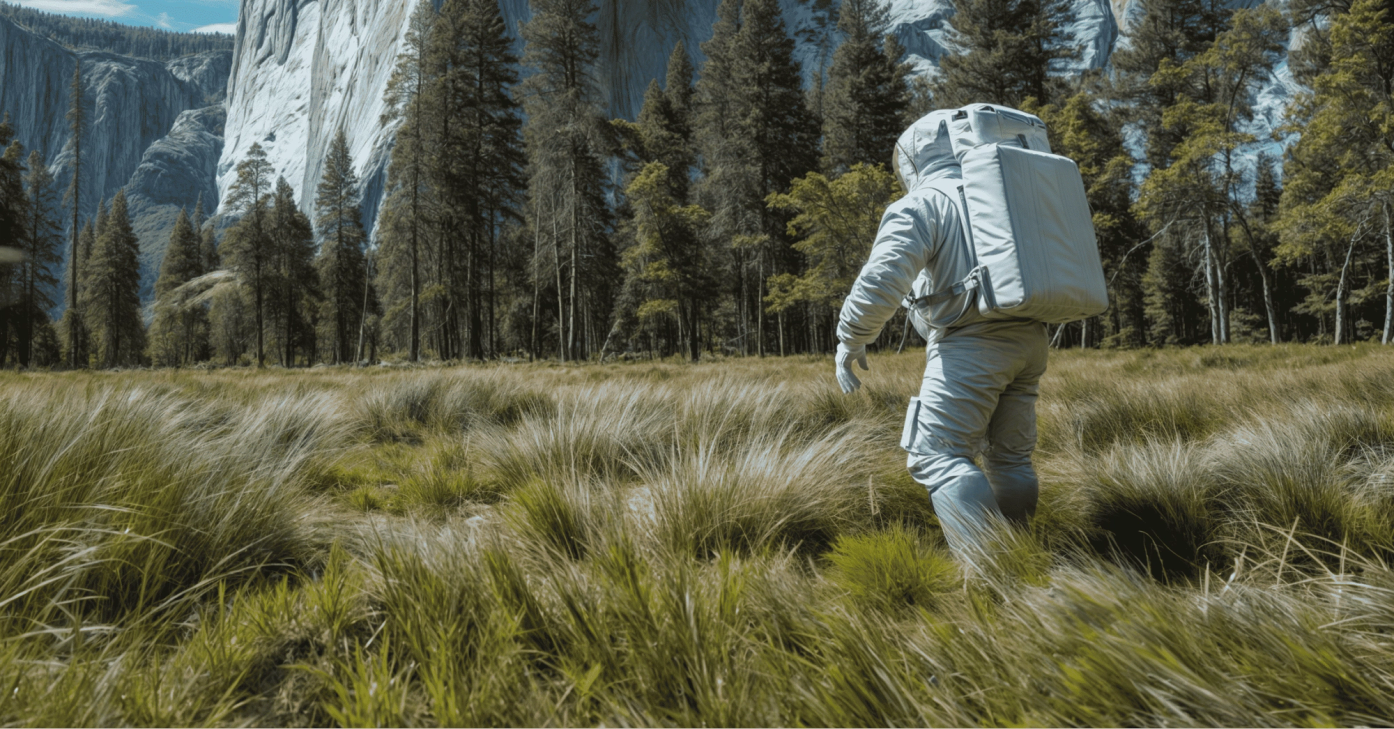Enterprise Graphic Design RFP Best Practices (Checklist Included)
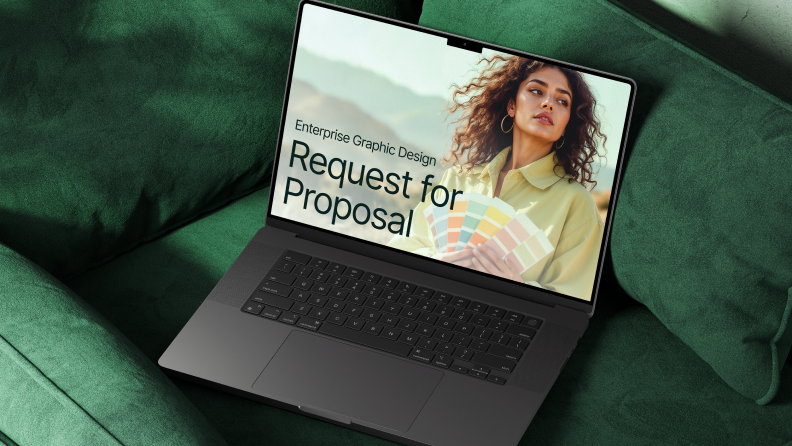
Requests for proposals (RFPs) are a classic business step in both enterprise and mid-market procurement processes. But, what about when you're requesting creative services and looking for a partner that meets your needs? A veteran of the RFP process, Superside Chief Revenue Officer Paal Stokkelien, shares his insights for creating and issuing graphic design RFPs. (Downloadable checklist included. 📋)
For enterprise and mid-market businesses looking to enhance their creative capabilities and scale overall capacity, issuing graphic design RFPs are an essential part of the formalized procurement process for agencies, contractors and other external partners.
RFPs create a structured, transparent framework for assessing and comparing service proposals from different outsourced creative partners.
- As an internal stakeholder, your opening role is to lay out your creative needs and timelines, communicating efficiently to prospective partners exactly what you’re looking for in a business relationship.
- In turn, these prospective creative service partners are asked to put their best feet forward demonstrating why their capabilities, capacity, skills, tools and scale are the best fit.
On average, respondents spend around 30 hours of writing time developing their proposals. While it varies, you can expect to put just as much time into writing your RFP, evaluating the responses, communicating with procurement and selecting the winner of your work and budget.
Why does this matter?
- Studies have shown that 37% of RFP responses aren’t complete, accurate or otherwise helpful.
- 66% of those issuing RFPs include irrelevant information.
How do you avoid costly mistakes? Here are a few best practices and tips, gained from more than 20 years of first-hand experience in developing and responding to creative outsourcing RFPs—along with a helpful checklist for continued RFP success.
Three Best Practices for an Efficient Graphic Design RFP Process
Writing an RFP is only one part of the extensive, hands-on process of finding a new outsourced creative partner. You'll be working cross-departmentally within your business, while simultaneously interacting with a range of external vendors and partners participating in the RFP bidding/winning process—all of which means you'll want to be as methodical and repeatable as possible.
1. Know your RFP process and engage stakeholders
Regardless of how experienced you may or may not be with creating RFPs, knowing your company's historical RFP processes and staying informed of any procedural updates, implementing procurement process automation, or procurement requirements ensures stakeholder engagement and prevents any unexpected omissions or changes.
This isn’t just pre-work—it’s key work.
- Learn the RFP process. Any time you need to work with an external vendor, you’ll need an RFP. In short, your first step—connect with your procurement team first. Get the most recent and relevant RFP templates and step-by-step overviews.
- Find out who you'll be working with. In both enterprise and mid-market companies, a request for design and/or creative services often involves people from several different business areas. Identifying key stakeholders—such as creative leads, marketing leads, procurement, accounting, legal and IT. Engaging and aligning with them before the formal RFP process begins greatly reduces internal conflict, helping you assign responsibilities efficiently at each stage.
- Determine the information that you'll need—and who’ll provide it. Come into the process with a solid knowledge of what you want and how you want it done—down to the level of budgets, timelines and prospective vendors to include. Own your part of the information gathering and notify stakeholders of the documentation you’ll need from them—and when you'll need it.
- Assign roles and responsibilities. While lead stakeholders will be involved from RFP creation through vendor/partner selection, other stakeholders may only be best consulted at key stages. Clarifying roles and responsibilities as early as possible lets lead stakeholders know who to connect with and when—while promoting an increased sense of ownership and commitment for everyone involved.
- Build timelines and schedule check-ins. Communicating to your RFP respondents all expected delivery targets and milestones upfront is a crucial part of a sustainable and repeatable RFP and, overall, external business process. As the selection process builds to a decision, be prepared to deliver expectations for consistent virtual, in-person and/or sync touchpoints toward final delivery.
2. Use a template and checklist to gather key information
Creative RFPs tend to follow a relatively similar format and/or template. If your company already has a template, your focus will be on compiling information and documenting needs within the main sections of the RFP. The checklist below will help you ensure consistent, repeatable RFP success.
Key information to include in a creative services RFP
Here’s an overview of the five main parts of a traditional creative and design RFP and the information you'll want to provide or ask the respondents to share. Note: The downloadable checklist also captures all this information.
- Company overview. Help participants get to know you by sharing:
- A short description of your company and brand.
- The high-level reasoning behind the RFP.
- Scope of work (SOW). This is the direct “ask” of the RFP. Be as clear and specific about the work, expectations and requirements as possible.
- Clarify if you’re looking for a short- or long-term partnership, limited or ongoing project, single or range of creative services, etc.
- State the primary goals and objectives. Be direct and precise here.
- Include key market and audience information, linking to relevant research, data and profiles.
- Define the types of creative services you’re looking for. This may include the priority (primary, secondary, optional) and scope (strategy, concept, production).
- List all the main deliverables and publishing channels, including channel-specific requirements.
- Outline the project or partnership timeline, including the full duration, kick-off, milestones, delivery dates and end date.
- State the expected budget, payment terms and payment methods.
- RFP timeline. Summarize your expected timeline for the RFP process, from kickoff to vendor selection. Keep this short and to the point.
- Evaluation criteria. Share the primary ways in which you’ll be comparing vendors and their proposals.
- Be specific and indicate which criteria carry the most weight.
- Give an overview of an ideal creative partner and go into further detail calling out key qualities or differentiators, such as:
- Return on Investment (ROI). Offering efficient, cost-effective services and a desire to continually add value to the relationship.
- Collaboration & Communication. A commitment to and ability to support collaboration and communication. Including productivity apps and design software.
- Use of Innovation. Ability to think creatively and integrate the latest design trends, like sustainable design or generative AI integration.
- Diversity & Inclusion. State clearly if and how your company may require specific DEI elements in proposals, presentations and representation with your business partners.
- Return on Investment (ROI). Offering efficient, cost-effective services and a desire to continually add value to the relationship.
- Submission guidelines. Share openly how you'd like participants to submit their proposals and outline essential business information and submission requirements, including:
- Proposal Format & Submission Details
- Presentation deck
- File sizes and formats
- Submit via e-mail, portal, etc.
- Presentation deck
- Vendor Information
- Company name
- Business address
- Date of establishment
- Business registration
- Proof of financial position
- Payment terms and methods
- Other business information relevant to the specific RFP ask
- Team & Resourcing
- Company structure
- Team and talent location(s)
- Onboarding process
- Project management and talent allocation
- Primary design software and tools
- Capacity
- Quality & Service
- Number of referrals required and format
- Industry experience
- The dedicated resources provided
- Communication and reporting processes
- Technology used to support quality & service
- Standard service level agreement (SLA)
- Legal & Compliance
- Data & security
- Environmental, social & governance
- Any AI-related documentation
- Non-disclosure agreements
- “What Else”/“How Are We Different”
- Provide space for partners to call out key insights or reasons why they should be considered.
- Proposal Format & Submission Details
3. Research potential creative services partners
In an ever-changing graphic design and creative services partner landscape, time spent researching, connecting with peers and staying informed on agency changes, partner types, client business, competitor agreements and more will both enhance and solidify the writing and creation of current and future RFPs.
How Can I Learn More About Superside?
That’s simple, schedule a call. You can tell us about your team and your challenges—and we can share more about our expertise in partnering with teams exactly like yours to provide world-class creative services and support.
Agencies are not your only answer. Not anymore. There’s a better way to get creative done—and there’s a reason why we’re your creative team's creative team.
Creative Outsourcing RFP FAQs
Ex-copywriter turned content strategist with two decades of creative chaos under her belt. She's helped scale content, brands and frozen pies—yes, really. Now? She empowers creatives to work smarter, not smaller.
CRO, Paal Stokkelien, has been ensuring that Superside's sales and marketing teams align on serving the world's top high-growth brands since he joined the company in 2017.
You may also like these

Results with heart: Inside Superside's empathy-fueled path to performance
Creative impact can’t be captured by a single metric or mood.But it is visible in results—and few understand this balance better than Superside's Gradwell Sears, Chief Creative Officer, and Josh Mendelsohn, Senior Director of Product Marketing. In our latest guide, Inside Great Creative Partnerships, Sears and Mendelsohn discussed how creative and marketing leaders must harmonize emotional resonance with measurable business performance to drive real impact.Spoiler: Results matter, but so do the people behind them. From ROI to vibes and empathy to partnerships that thrive, keep reading to see:Why creative is foundational to performance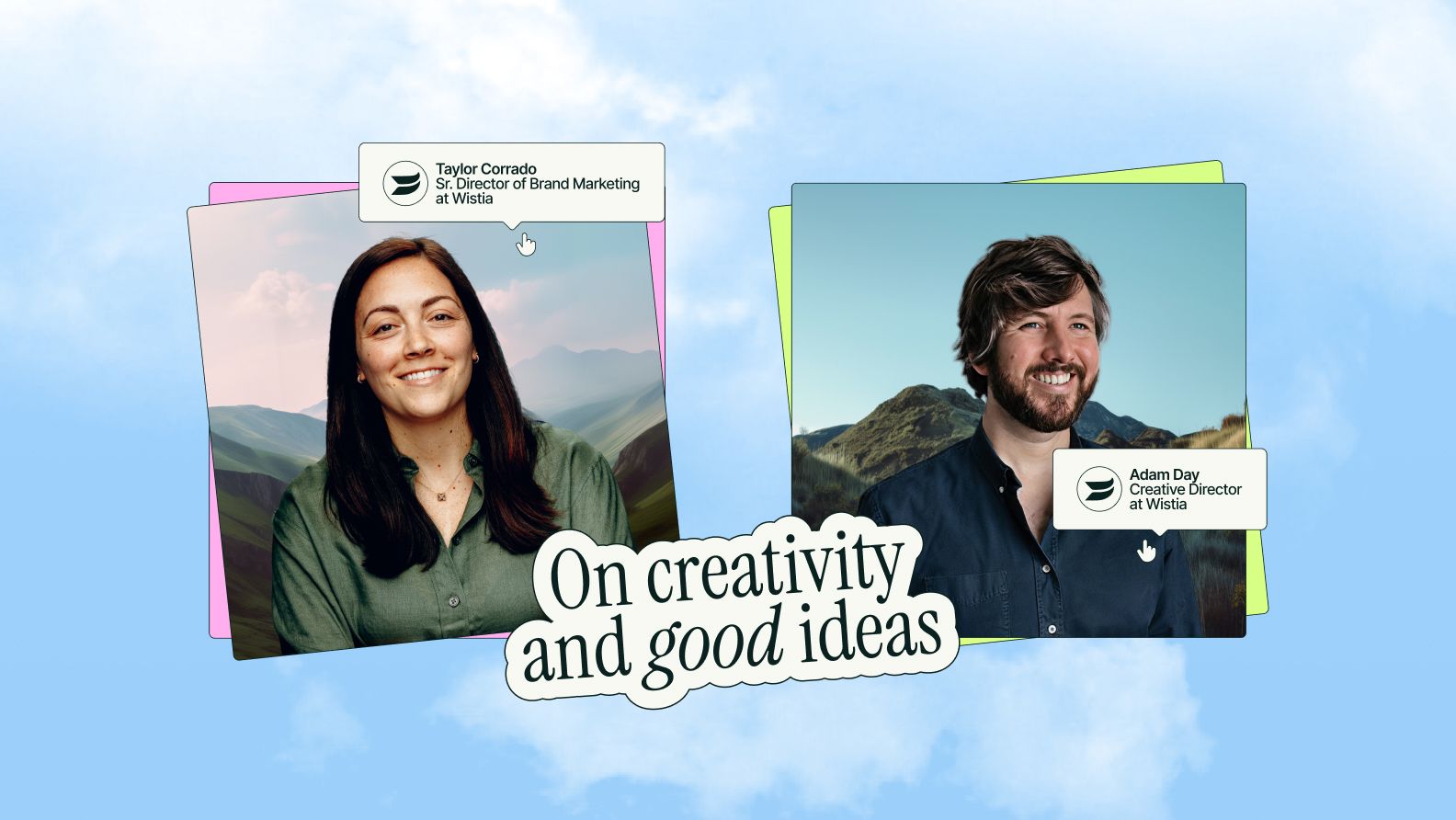
Open doors, unlock ideas: Inside Wistia's creative partnership
An SNL-inspired twist on a classic campaign.An analogue book that’s shipped over 700 copies around the world.A TikTok series narrated by a psychic raccoon.Okay, that last one’s made up. But one thing’s for sure, the creative and marketing teams at Wistia don’t just bring the creativity—they crank it to eleven.That’s why we had to speak with them for Superside’s latest guide, Inside Great Creative Partnerships. Wistia’s Adam Day, Creative Director, and Taylor Corrado, Senior Director of Brand Marketing, were kind enough to oblige and spill their secrets, including:
Get off the conveyor belt: 22 leaders on the secret to great work
“It can’t be an assembly line. You have to bake in collaboration—brainstorms, thought starters—before your jump to production. That’s where the best ideas come from.”Kevin Branscum, Senior Director of Brand Marketing at Typeform, shared this thought when we interviewed him for our latest guide. And he wasn’t the only one. The concept of partnerships—true collaboration between marketers and creatives—came up over and over again as the lynchpin for any successful campaign.That’s why we called the guide, Inside Great Creative Partnerships.It digs into hard-earned, real-life lessons from 22 top creative and marketing leaders shipping great work, together. We’ve already spilled their number one secret. But there are many more big ones, like:The source of great ideas